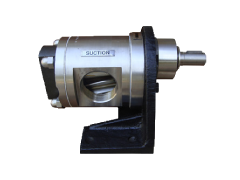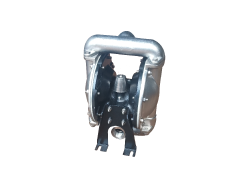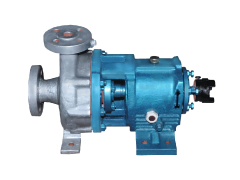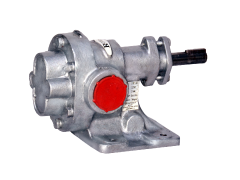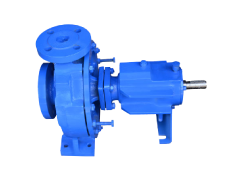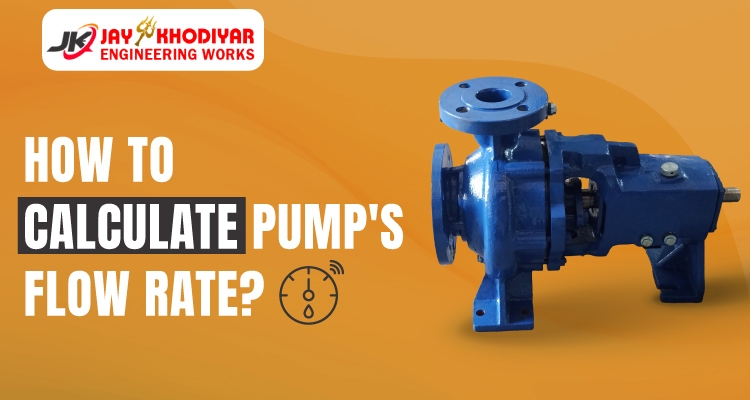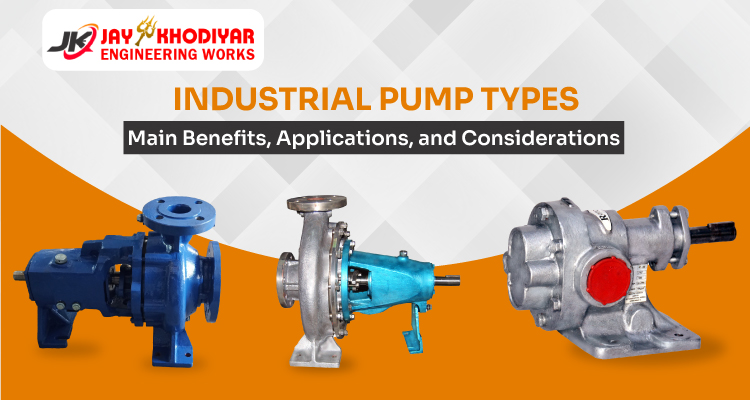
Closed Impeller Centrifugal Pump for Petrochemical Industry
May 14, 2024
Top 12 Industrial Pump Manufacturers in World
July 5, 2024Introduction
No matter if you’re looking to buy a new pump or assess your existing pump’s performance, the pump’s flow rate is important to evaluate.
Therefore, in this blog, we will talk about how you can calculate the flow rate of the pump. We have provided a complete guide to calculating pump flow.
Flow Rate
The flow rate indicates how much liquid you can transport in a given amount of time. A liquid must be transported in a prescribed flow to control its pressure and density. Thus, the flow rate plays a critical role in evaluating the flow rate of fluid transfer.
The flow rate is calculated in the form of a variety of units. The different types of units include cubic meters per hour (m3/h), liters per second (l/s), gallons per minute (GPM), etc. However, pump manufacturers prefer types of units as per their ease of use.

Why should you calculate the pump’s flow rate?
Knowing the flow rate allows you to address two essential things:
1. You can measure the efficiency of the system. Based on the flow rate of the pump, it can be determined whether the system is working properly or not. You can then take the necessary steps to improve the system's performance.
2. You can figure out what is needed to transport the liquid at the required volume level by considering the flow rate of the pump.
How to Calculate Pump’s Flow Rate?
1. Before Installing
Before installation or a new purchase, you must select the correct flow rate. Before choosing a pump, you should consider three things to measure whether the pump is suitable for your needs, such as:
1. Types of pumped liquids
2. Distance of liquid from point A to B
3. The volume level of liquid to be transported over some time.
The type of fluid you select determines the flow rate. The distance between two points over time for a fluid gives you the flow rate. The liquid volume level affects the flow rate.
So these three things are related, and if these things are considered before buying or installing a pump, you may be less likely to have to replace the pump and make additional investments in pump maintenance.
2. In the Prevalent Pump Unit
For instance, if you installed a pump to circulate the fluid in the system, you must measure the performance of the system at a certain volume and time.
Assume you need to transport 300 liters of fluid every 30 minutes. Then you need a volume of 10 liters for one minute. Once you have installed a pump in your system, you need to quickly evaluate its performance to improve efficiency.
Methods of calculating the pump’s flow rate
There are mainly two methods for measuring pump flow in a system at a given time and volume.
1. Setting up a flow meter
A flow meter is a simple device used to measure the flow rate of a fluid passing through a system. Connect the flow meter to the system outlet, and the flow will increase, and the meter readings will determine the system flow rate.
2. Manually calculate the flow rate
You can calculate the low flow rate manually by collecting liquid from the pump outlet. To collect the liquid, you can simply place a bucket or sink, measure the collection time, and then measure the flow rate.
The formula for measuring flow rate is the amount of liquid collected or the time required to collect liquid.
Conclusion
Following this flow rate measurement process, you get the correct value for the flow rate, or there may be a difference between the desired flow rate and the actual flow rate. The first allows the calculation of another part of the system, while the second may require replacing a pump in the system.
If you’re looking for the right replacement for your system, we, Jay Khodiyar Pumps, are the leading centrifugal pump manufacturer in India. Our wide range of pumps will help your equipment work more optimally.







